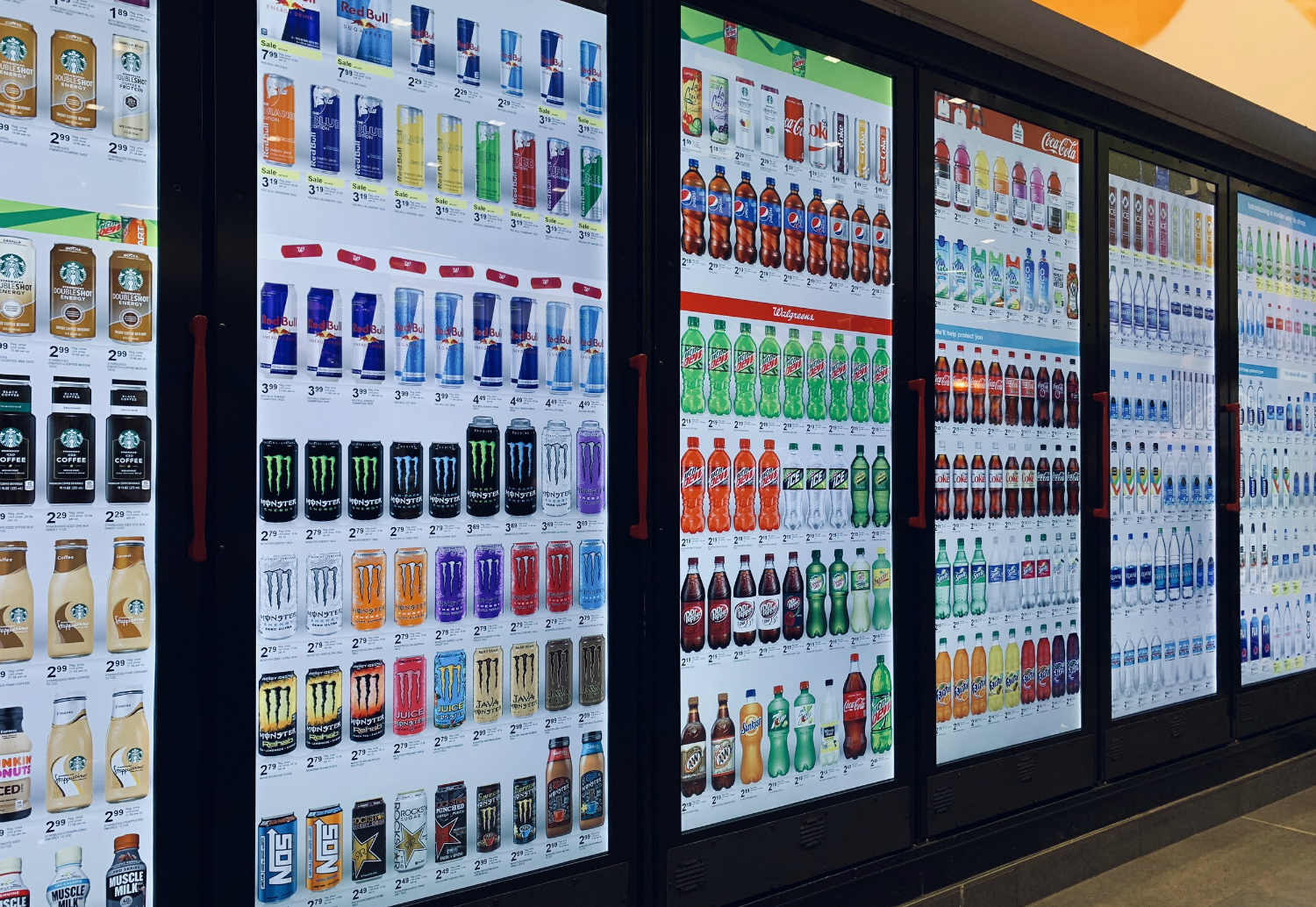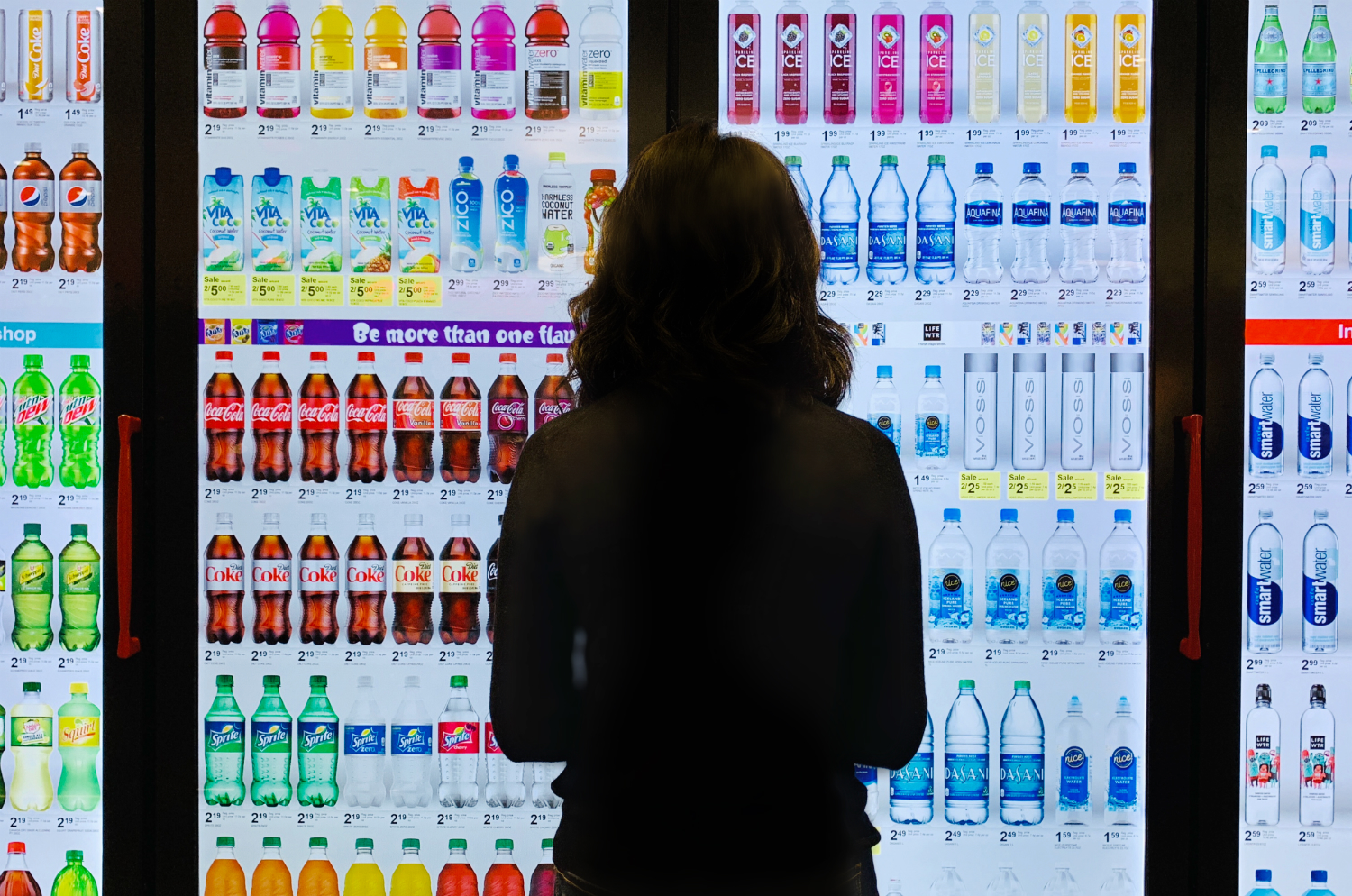The next time you go to a Walgreens, check out the coolers. Depending on where you live, they may be checking you out at the same time, according to a report by Circa.
Walgreens is piloting Cooler Screens‘ Internet of Things-enabled cooler screens with cameras that scan shoppers’ faces when they look at the screens. The first “We’re watching you” coolers were installed in a Walgreens in Chicago on January 14. The next two cities in the pilot program are New York and San Francisco.
The basic idea is the coolers collect data for marketers to help them sell more goods to you. Not you, specifically, according to Cooler Screens, but people of your age and gender.
One noticeable difference between the smart fridge screens and conventional coolers is you don’t look through the glass to see actual products with Cooler Screens. You look at a digitized representation of available products, called a planogram.
When you look at a Cooler Screen, you see products organized and neatly lined up with real-time pricing and promotions. No messy shelves, no out of stock signs, and no worn, torn, or dirty products. All of those factors benefit the retailer, who will also be informed of low stock and other real-time issues.
Brand managers and merchandisers will be able to test pricing, packaging, accompanying ads, and promotions. The opportunities to learn about consumer behavior, preferences, and decision-making are almost endless, especially when analyzed with other data including season and time of day, weather, local and regional events, and much more.
Cooler Screens uses a menu of technology including proximity sensors and cameras, iris tracking and heat maps, cooler door open and close sensors, and real-time traffic and sales figures.
Walgreens is not the only company involved with the Cooler Screen pilot program. According to The Wall Street Journal, Nestle, MillerCoors, and Contra plus another dozen or so advertisers are involved, as is Microsoft, which is an equity partner in the software and technology for Cooler Screens. Foxconn manufactures the displays and IoT technologies used by Cooler Screens.
One of the largest pharmacy chains in the world, Walgreens is no stranger to innovation. In 2013, for example, the company announced its plan to build a “net zero energy” store in Evanston, Illinois. If the Cooler Screens pilot is successful by any of several potential measures, we’d all better be aware that the fridges are watching us.






